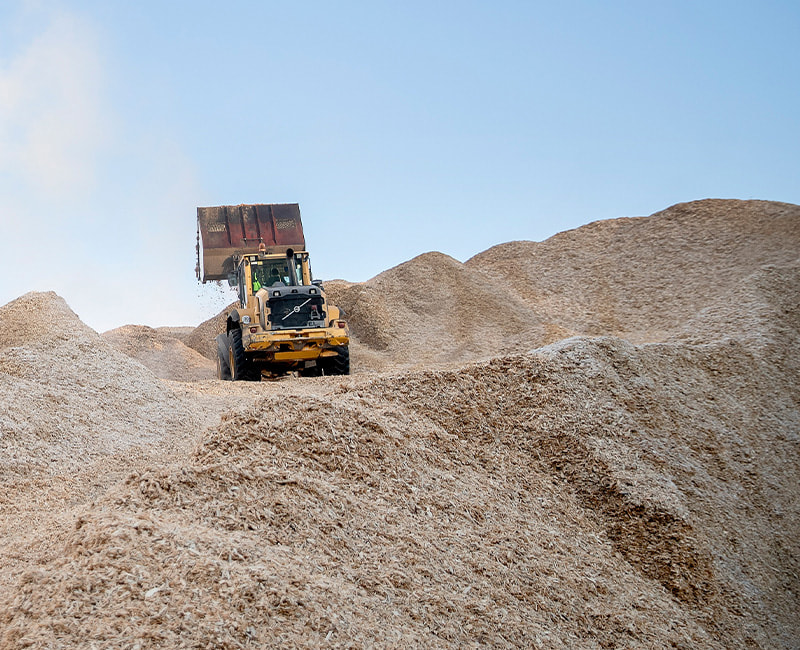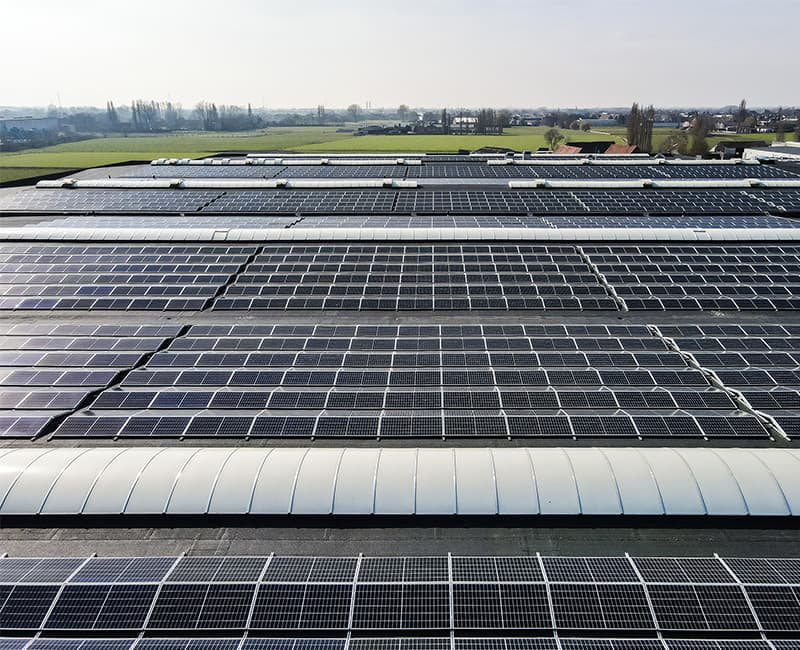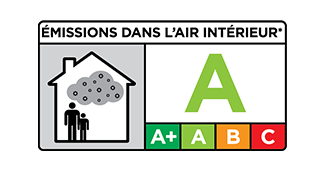
SUSTAINABLE
HARDWOOD FLOORING
Quick-Step hardwood flooring: treating wood with respect
Our hardwood – or engineered wooden flooring – stands for carefree living and natural beauty. The only way to continue to enjoy the beautiful things our planet has to offer is to be careful with what it provides to us. That's why we produce our hardwood floors as sustainably as possible.
Using wood economically
Careful with slow-growing trees
Trees play a crucial role in combating climate change by absorbing CO2 and stimulating biodiversity. That means we must treat them with care, in particular the slow-growing species such as oak. That's why we use these species only in the top layers of our hardwood floors.
Using recovered or fast-growing wood
The core of our hardwood floor consists of either wood from fast-growing trees (spruce, hevea …) or a high-density fibreboard (HDF) made of recovered wood. This wood is collected from, for instance, sawmills, sustainable forest management processes and roadside maintenance. As such, we use different types of wood in the most efficient way.

Sustainable forest management
Wood can be an infinite resource if we manage our forests in a sustainable way. By using wood from sustainably managed forests, our wood sourcing doesn’t contribute to deforestation. We also use wood from controlled sources, protecting primeval forests and preventing illegal logging with a risk analysis.
Our PEFC label – the most trusted certificate on the topic, together with FSC – proves that the wood in your hardwood flooring has been sourced in a sustainable way.

Clean indoor air
In-house production
The air quality in our homes is vitally important, and many factors have an effect on it: ventilation, candles, cleaning agents and even the materials used in your interior, such as the flooring. We know exactly what materials our hardwood floors contain because we produce them in-house as much as possible. That way, we manage to minimise the emission of VOCs (volatile organic compounds) – which can be caused by the use of glue, lacquer and oil – making your floor perfectly safe for you and your family.
Extremely low emission
One example of a VOC is formaldehyde and is naturally occurring in wood. The formaldehyde emission of our hardwood flooring is 10 times lower than the EU restrictions. This is reflected in our A label, which is a highly regarded emission regulation certificate, serving as a recognition for very low emissions.

Running on green energy
Wood waste as heat source
Our primary heat source for the production of hardwood flooring is wood residues and dust, which cover about 90% of our requirements. We use wood dust from our production processes and wood that has reached the end of its life – meaning it’s no longer suitable for use in your flooring – to generate green energy.
Limiting CO2 emission
Unilin – the group behind Quick-Step – has invested in two biomass plants to convert wood dust and non-recyclable wood waste into green energy for our own production processes and the general public’s energy needs. We also rely on energy from windmills and solar panels. As such, we avoid more than 60,000 tonnes of CO2 emission annually.

Minimal environmental impact
We apply the strictest criteria when it comes to safety, health and sustainability. In order to really minimise our environmental impact, we use the life cycle assessment (LCA) methodology to calculate in which phases of our hardwood's lifecycle we can improve. This results in an environmental product declaration (EPD), which we meticulously follow.
The following labels prove that our hardwood complies with some of the most stringent environmental and health standards:
-
A
-
EPD
-
PEFC
-
F☆☆☆☆

